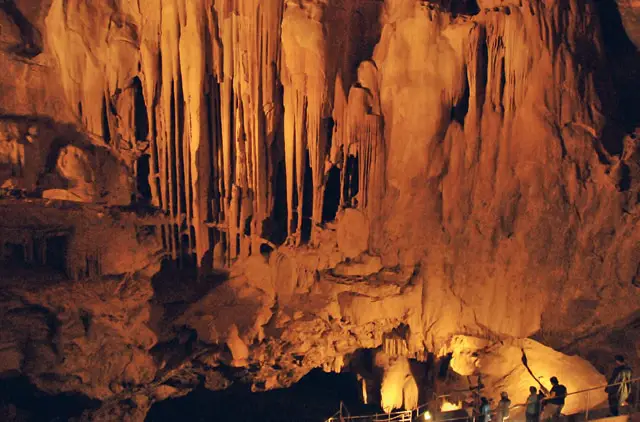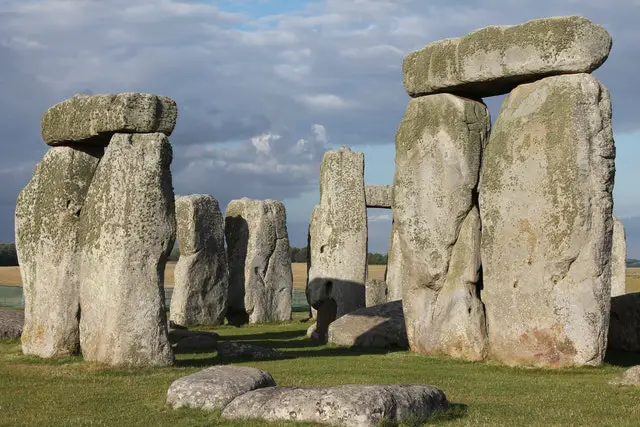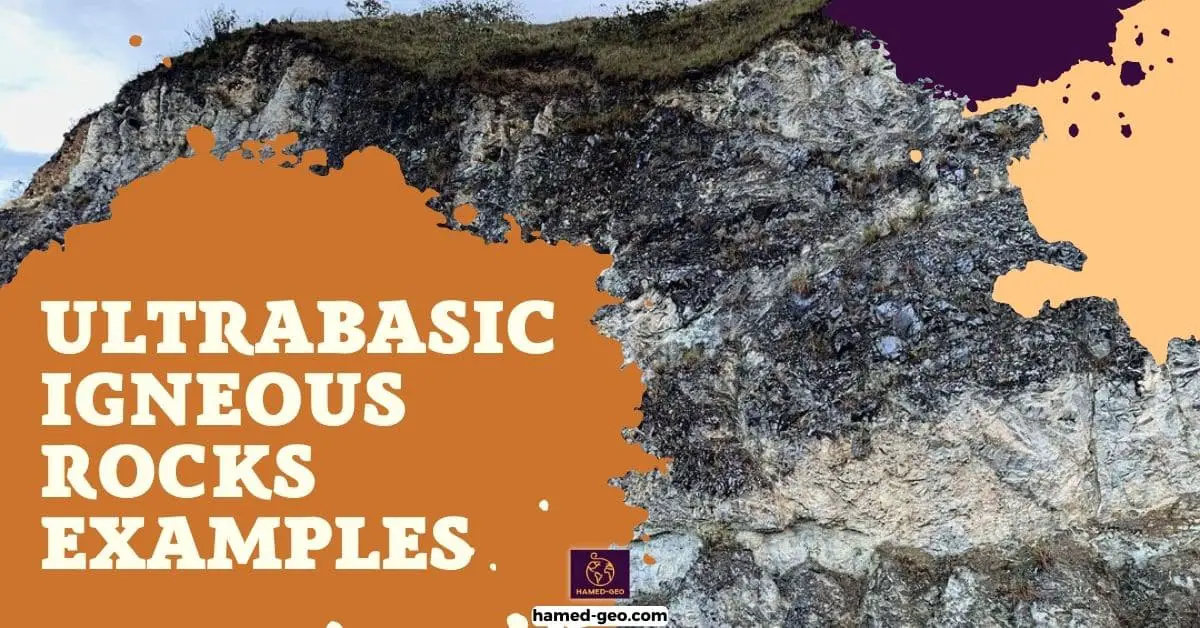Hey there! Have you ever stopped to wonder about the rocks you see every day? Rocks are everywhere, and they come in all shapes, sizes, and colors. They’re even used in the construction of buildings and roads! But have you ever stopped to think about what rocks actually are and where they come from?
In this post, we’re going to explore the fascinating world of rocks. We’ll break down the technical jargon and explain everything in simple terms. So, whether you’re a geology buff or just someone who’s curious about the world around you, let’s dive in and learn more about these amazing natural formations.
What are the rocks?
Rocks are naturally occurring consolidated substances, which may be made up of minerals, other rock pieces, and fossil materials, such as shells or plants. Rocks are the result of various geological processes that occur both at and beneath the Earth’s surface or, in the case of meteorites, in other parts of the Universe.
Rocks can be studied and differentiated by grouping together those types that share a similar appearance, similar composition, and the same process of formation.
Rocks form the solid outer part of the Earth’s crust. For convenience, most geologists use the term ‘rock’ to include all materials of the crust apart from water, ice, and thin layers of soil.
Following this definition, rocks include not only hard, massive materials, but also unconsolidated deposits such as sand dunes, river gravels, thick layers of clay, and so on. These soft or loose materials are usually young in the geological sense. However, in the future, they will all consolidate to form rocks in the popular meaning of the word.
On the geological map, soft materials such as river alluvium and swamp clays are treated as geological formations in the same way as hard rocks.

Rocks Store Information
Rocks, like airplane flight recorders, store in their interior very useful information about what has happened in the past. Whether forming caves in the middle of mountains, mixed among folds, or lying at bottom of lakes and oceans, stones are everywhere, and they hold clues to the past.
By studying rocks, we can reconstruct the history of the earth. Even the most insignificant rocks can tell stories about other times because rocks have been around since the beginning of the universe. They were part of the cloud of dust and gases that revolved around the sun over four billion years ago.
Rocks have been silent witnesses to the cataclysms our planet has experienced. They know the cold of the glacial era, the intense heat of the Earth’s interior, and the fury of the oceans. They store much information about how external agents, such as wind, rain, ice, and temperature changes, have been altering the planet’s surface for millions of years.
How are rocks formed?
Rocks are formed through a variety of processes, including the cooling and solidification of magma or lava, the precipitation of minerals from the water or other fluids, the accumulation and compression of sediment, and the alteration of existing rocks through heat, pressure, and chemical reactions.
Igneous rocks are formed through the cooling and solidification of magma or lava. Magma is molten rock that is found beneath the Earth’s surface, while lava is magma that has erupted and is visible at the surface. As magma or lava cools, the minerals within it begin to crystallize, forming solid rock. The rate at which magma or lava cools determines the characteristics of the resulting rock. For example, if magma cools quickly, such as when it erupts and cools at the surface, it forms a rock with small crystals, called an aphanitic rock. If magma cools slowly, such as when it cools deep beneath the Earth’s surface, it forms a rock with large crystals, called a phaneritic rock.
Sedimentary rocks are formed through the accumulation and compression of sediment. Sediment is made up of small particles, such as sand, gravel, and clay, that are transported by water, wind, or ice and deposited in a new location. Over time, these particles may become compacted and cemented together, forming solid rock. The characteristics of sedimentary rocks depending on the types of particles that make them up, as well as the conditions under which they were formed. For example, sandstone is a sedimentary rock that is made up mostly of sand-sized particles, while limestone is a sedimentary rock that is composed mostly of the remains of marine organisms.
Metamorphic rocks are formed through the alteration of existing rocks through heat, pressure, and chemical reactions. These rocks form when existing rocks are subjected to high temperatures and pressures, such as when they are buried deep beneath the Earth’s surface or when they are involved in a collision between tectonic plates. As a result, the minerals within the rock are rearranged and new minerals may form, giving the rock a different appearance and composition than the original rock. For example, slate is a metamorphic rock that forms when mudstone or shale is subjected to high pressure, while marble is a metamorphic rock that forms when limestone is subjected to high heat and pressure.
Types of rocks
Rocks are commonly divided into three major classes according to the processes that resulted in their formation. These classes are (1) igneous rocks, which have solidified from molten material called magma;(2) sedimentary rocks, those consisting of fragments derived from preexisting rocks or of materials precipitated from solutions; and (3) metamorphic rocks, which have been derived from either igneous or sedimentary rocks under conditions that caused changes in mineralogical composition, texture, and internal structure.
These three classes, in turn, are subdivided into numerous groups and types on the basis of various factors, the most important of which are chemical, mineralogical, and textural attributes.
For ancient civilizations, stones symbolized eternity. This idea has persisted throughout time because stones endure, but they are recycled time and again. Fifty million years from now, nothing will be as we now know it not the Andes, the Himalayas, the ice of Antarctica, or the Sahara Desert.
Weathering and erosion, though slow, will never stop. This should free us from any illusion of the immortality of the Earth’s features. What will everything be like in the future? We don’t know. The only sure thing is that there will be no rocks. only stones will remain, and their chemical composition, shape, and texture will provide clues about previous geological events and about what the Earth’s surface was like in the past.
Resources:
1- ROCKS AND MINERALS, Britannica Illustrated Science Library.
2- Minerals of the World, Anna Farahmand and Michael Webber, 2012.
3- Rocks and Minerals, Monica Price, Kevin Walsh, A Unique Photographic Guide to Worlds Rocks and Minerals.





[…] What are the rocks […]
[…] What are the rocks […]
[…] Wegener supported his theory with many considerable evidences such as the fit of some continents, distribution of fossils, ancient climates, geological features and rock types. […]
[…] geology is the study of earth materials (rocks and minerals) that can be used, mined, and sold for economic purposes. These materials have […]
[…] The rock cycle is the interaction between the three main rocks types, sedimentary rocks, igneous rocks, and ,metamorphic rocks by progressive transformation of Earth materials. The rock cycle showing the relationship between three different types of rocks and the processes involved for the transformation through millions of years. […]
[…] lot about the Earth by looking at the minerals it contains. You can use minerals to identify where a rock or a mineral came from, determine the age of a rock or a mineral, or even determine the age of the […]
[…] source rocks are an important component of petroleum systems. A petroleum source rock is a rock that can produce oil and natural gas. There are many different types of source rocks, and each has […]
[…] It’s a place where there are still mysteries to discover. Geologists are experts at studying and interpreting rocks, minerals, and other natural materials. Today, geology is used in a wide range of fields, from oil […]
[…] deposition. There are many different depositional environments, each with its own characteristic rock type. The depositional environments are classified according to the energy regime that prevailed […]
[…] logs measure the electrical conductivity of the rock and fluid while radioactivity logs measure the natural radioactivity of the rocks. Unlike the […]
[…] rocks are red, it’s generally because iron oxides are present. Red sandstone, like that seen in Zion […]
[…] gemstone is a solid rock or another valuable material for different reasons. Gems are found in various minerals, but their […]
[…] the composition and distribution of elements in rocks, minerals, and other geological […]
[…] and geotechnical engineering to understand how different geological materials, such as soils, rocks, and minerals, interact with the built environment. Engineering geologists play a critical role in […]
[…] which may be either clastic or nonclastic. Clastic particles are fragments of preexisting rock, whereas nonclastic particles are either chemically precipitated or derived from the breakdown of […]
[…] of years, and throughout history, people have been fascinated by the idea of finding gold in rocks. In this blog post, we will provide an overview of the different types of rocks that contain gold, […]
[…] Rocks are an essential component of our daily life, and yet most of us take them for granted. From the pebbles on the beach to the mountains in the distance, rocks are all around us. But what are rocks, and why are they so important? In this blog post, we’ll explore the many ways in which rocks are used in everyday life. […]
[…] or lithic clasts, are another important component of sandstone. They are pieces of pre-existing rocks that have been weathered and eroded before being incorporated into the sandstone. Rock fragments […]
[…] two very different things. While sand is a loose, granular material made up of tiny particles of rock, sandstone is a much harder and more durable rock that is formed from layers of sand that have been […]
[…] under the Earth’s surface, the immense pressure and heat recrystallize the clay into a dense rock with a distinct layering or foliation. This foliation is indicative of the original plate-like clay […]
[…] occurs when rocks or boulders detach from the slope and fall to the bottom. A landslide is the movement of a mass of […]
[…] is a type of mineral that can be found in many different types of rocks. It is a silicate mineral that is made up of zirconium, silicon, and oxygen atoms. Zircon is […]